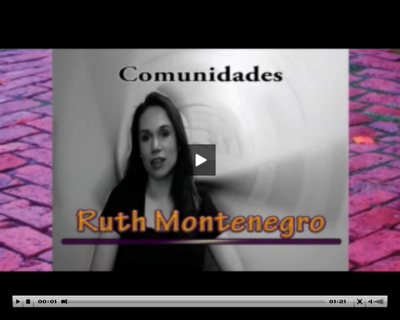Broaden Students' Images of Hispanic Cultures

Rescate . Does this image fall within your imaginary for "Hispanic cultures" ? It should . by Ann Abbott In yesterday's post I wrote about the necessity to always switch students back and forth between the cultural "close-up" that community service learning (CSL) provides and broader perspectives about immigration, policy issues, diversity among Latinos (racial, socio-economic class, countries of origen, etc.), to name just a few. That is hard to do! Not only does it take really skilled lesson planning to accomplish that, it also assumes that students in all Spanish classes throughout the curriculum are also exposed to a variety of Hispanic cultural realities. Unfortunately, the visual images in the traditional Spanish curriculum are stale. And many courses in the college curriculum do not include visual imagery much if at all. It's often all text, all the time. Fortunately, I continue to be amazed at the wealth of images that flow across my Tw...














